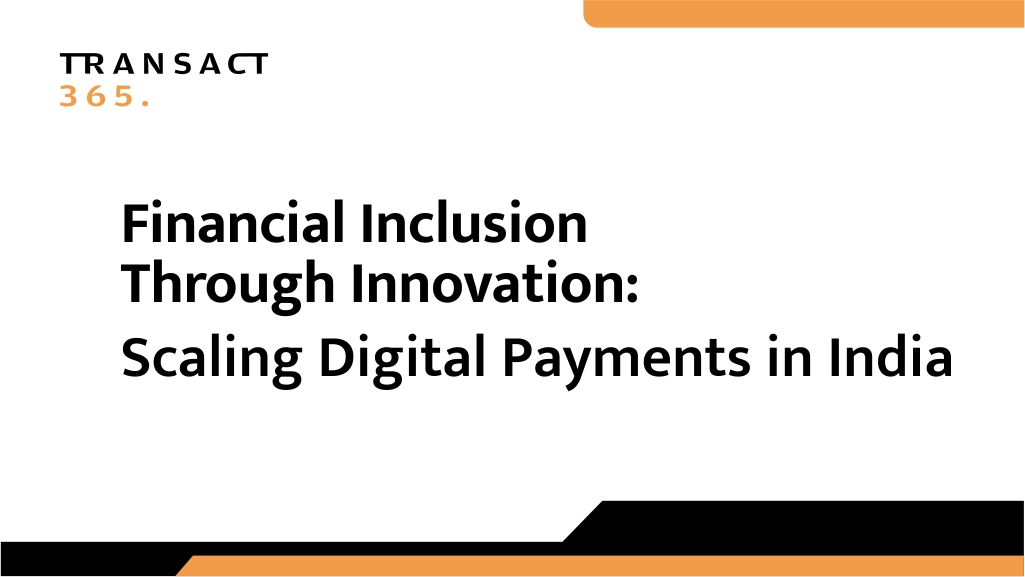
Financial Inclusion Through Innovation: Scaling Digital Payments in India
3 min read
India’s shift toward becoming a global leader in digital payments continues at a rapid pace. UPI, mobile wallets, and fintech platforms have scaled impressively:
- UPI recorded 18.67 billion transactions worth ₹25.14 trillion in May 2025, averaging 602 million transactions daily. (The Times of India)
- For FY24–25, UPI handled approximately 186 billion transactions totaling around ₹260.6 trillion, reflecting a 42% rise in volume and 30% growth in value year-over-year.
- As of mid-2025, over 500 million users are active on UPI, making India the world’s largest instant payments hub.
Digital adoption continues to expand into rural and semi-urban areas. UPI is now the top payment choice for around 38% of users in these regions, although digital literacy challenges persist.
Unlocking Rural India’s Digital Potential
Despite increasing adoption, cash remains entrenched in many rural communities:
- 38% of rural users prefer UPI, while 19% still rely on cash.
- Over one-third of digital payment users are from rural areas, and more than half of fintech users are from semi-urban or rural backgrounds.
- According to the RBI, digital payments in India saw a compound annual growth rate (CAGR) of 52% in volume and 12% in value between FY14 and FY24, with digital payments accounting for 90.9% of retail transaction value by FY24.
Key strategies to accelerate rural adoption include:
- Localized and simplified interfaces - Makes platforms more accessible to users with limited digital literacy.
- Offline and SMS-based payment options - Addresses network limitations in remote areas.
- Agent banking through smartphones - Empowers local entrepreneurs to guide rural users in using digital payments.
- State-run digital wallets - Demonstrates scalable adoption with millions of users and growing transactions.
- Rural fintech innovations - Provide region-specific financial services through vernacular platforms.
Merchant Empowerment
Merchants of all sizes are a critical growth engine:
- 73% of smaller merchants in rural and semi-urban India report business improvements following digital tool adoption, with UPI and smartphones playing a leading role.
Beyond payment acceptance, platforms can offer:
- Invoicing, inventory, and loyalty tools
- Credit access based on transaction histories
- Integration with open digital commerce platforms to reach new customers
Despite the evolution of the landscape, UPI still accounts for approximately 80% of digital retail transaction volume in India.
The Plan Ahead
India’s digital payment infrastructure is poised for its next leap:
- With over 500 million active UPI users, reaching the next 200–300 million will require highly accessible, low-cost solutions.
- National broadband and infrastructure upgrades are essential to close the rural connectivity gap.
- Merchant enablement through financial tools, services, and analytics will deepen engagement and strengthen the ecosystem.
Conclusion
With record UPI adoption, expanding reach in underserved regions, innovative agent-led models, and emerging technologies at play, India is well-positioned to lead the next global wave of digital financial transformation. The focus now must be on bridging gaps in readiness, empowering merchants, and building a truly inclusive digital economy for all.


